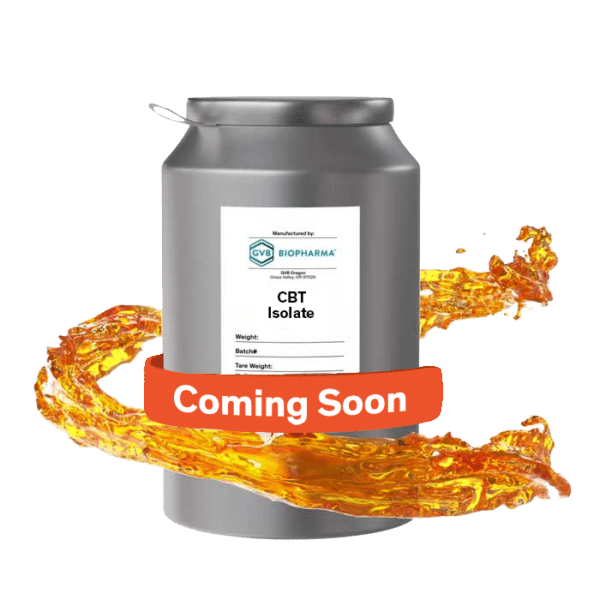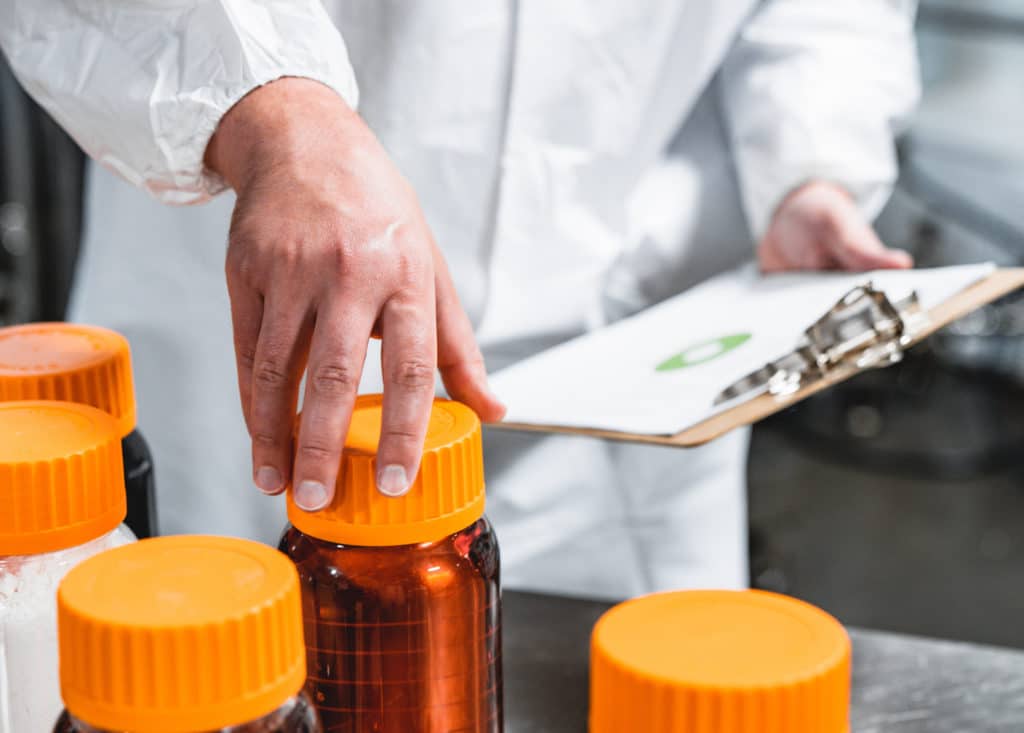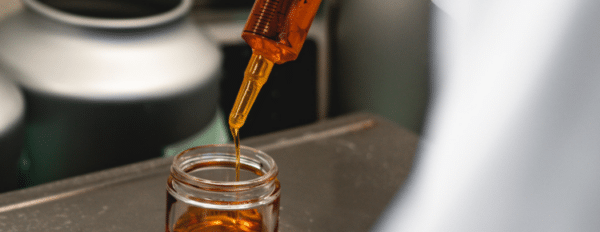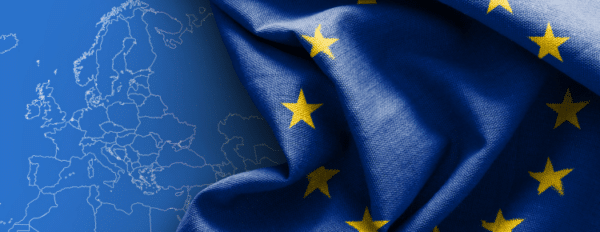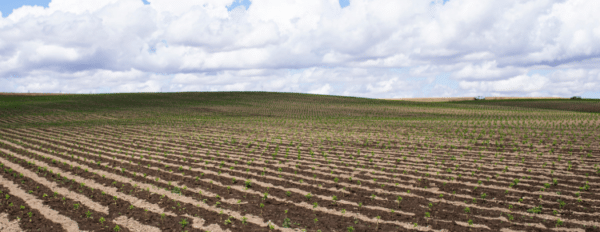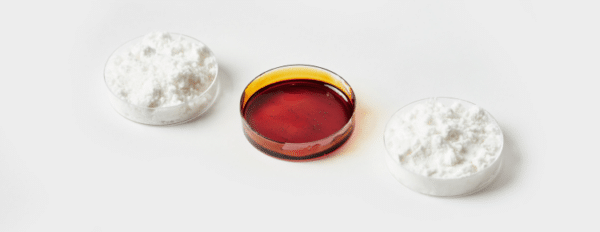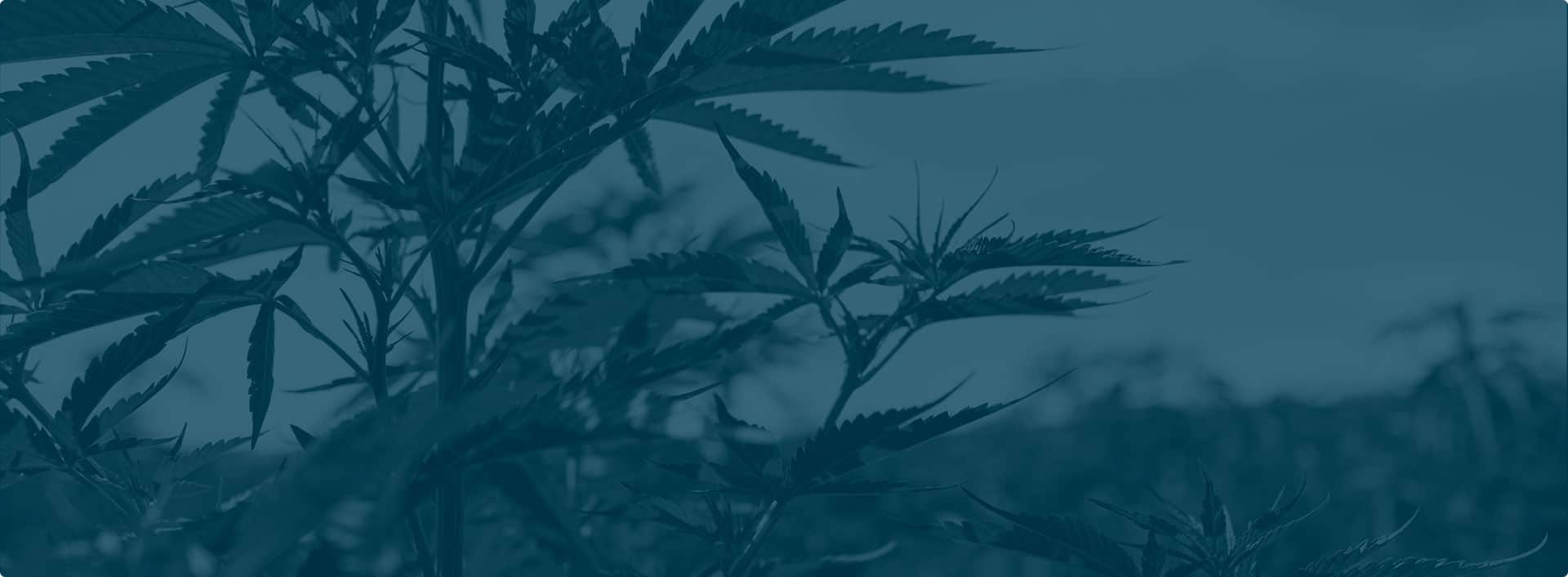Dubbed “the plant of the thousand and one molecules¹,” cannabis always provides us with new opportunities for discovery. Although the existence of CBT has been known for some time, the potential uses of this minor cannabinoid have only recently been explored.
With the latest advancements in cannabis science, it’s easy to imagine a world in which even the rarest cannabinoids are readily available. In this guide, you will learn what CBT is, and why you should be keeping track of the rapid evolution of CBT in the cannabis world.
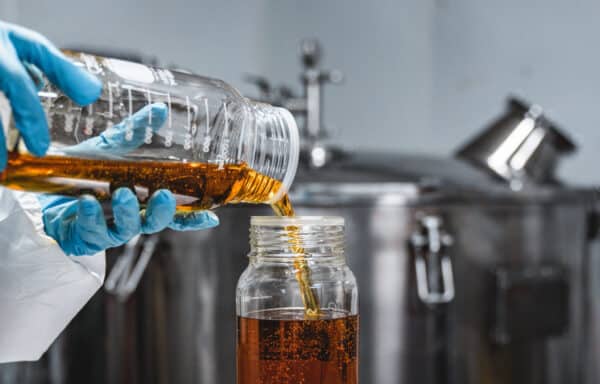
What is CBT?
Cannabicitran (CBT) is a rare—yet naturally occurring—hemp cannabinoid that is also known as CBT-C. It was first synthesized in 1971 by Crombie and Ponsford² At the time, they named it citrylidene-cannabis. In 1974, Bercht et al³ were the first to detect naturally occurring Cannabicitran in Cannabis sativa.. CBT has been a primary target of research and development operations since 2019.⁴ In fact, industry leaders are currently in the early stages of developing a variety of CBT products that could revolutionize the hemp industry by unlocking the unique benefits of this highly promising cannabinoid.
We’re still learning about all the different ways this cannabinoid might affect the human body. Like CBD and CBG, however, CBT appears to be non-intoxicating, and its potential benefits are significant enough to be worthy of growing attention from the international scientific community.
What kind of research is being done on CBT?
Research into CBT is limited at present. In 2011, Japanese researchers isolated a substance chemically identical to CBT⁵ from Rhododendron anthopogonoides, a plant extensively used in Traditional Chinese Medicine (TCM). It could be argued that TCM practitioners have been using CBT for centuries, lending legitimacy to modern CBT research.
Then, an exhaustive 2018 study published in Natural Product Communications⁶ provided more background regarding the origins of CBT in cannabis. An unstable cannabinoid easily altered by enzymatic reactions, cannabichromene (CBC)⁷, serves as the immediate chemical precursor of CBT in cannabis, not CBGa. This information raises new questions, regarding the metabolism of cannabis flowers as they mature.
The scientific community is eagerly looking forward to the results of research into CBT. This rare cannabinoid’s unique benefits are just now being uncovered, and what we’ve learned so far has the potential to revolutionize the global cannabis industry.
Who is the target audience for CBT?
Right now, CBT most appeals to adventurous cannabinoid consumers who always want to try the next best thing. It is still somewhat of a scientific mystery how this cannabinoid affects the human body and mind at present, but fans of CBD and CBG are endlessly eager to try new, non-psychoactive cannabinoids that may impart unique benefits not offered by other hemp compounds.
What are the effects of CBT?
Based on limited anecdotal testimony, CBT appears to have non-intoxicating effects that largely resemble the effects offered by CBD, CBG, or any other hemp cannabinoid that doesn’t cause intoxication. As one of the most obscure and least-used hemp substances, there isn’t enough anecdotal evidence yet to draw any firm conclusions regarding how CBT will affect individuals on a case-by-case basis.
What are the benefits of CBT?
In the cannabis industry, CBT is sometimes used as an anti-crystallization ingredient since it helps compounds like CBD resist reverting to their natural crystalline states. The chemical structure of CBT has the same relationship to CBD as CBD has to THC, making it useful in identifying cannabinoids in a sample.
A 1984 study⁸ revealed the impact of CBT on glaucoma, potentially making this cannabinoid a non-intoxicating cannabis option for glaucoma patients currently using THC. Given CBT’s unique chemical synthesis within the cannabis flower, we can expect to be surprised regarding what we learn about this cannabinoid’s unique benefits over the coming years.
CBT Cannabinoid Comparisons
To further elucidate the unique benefits of CBT, let’s compare it to a few other cannabinoids:
CBT vs. CBD
In molecular structure, CBT bears a close resemblance to CBD. The two cannabinoids also appear to have similar effects, making CBD and CBT an ideal pair, especially given CBD’s ongoing popularity.
CBT vs. CBG
As a fellow non-intoxicating cannabinoid, CBT and CBG (cannabigerol) are more similar than they are different. CBG is the “parent molecule” from which all the most popular cannabis compounds are made. However, CBT is a much more extensively modified cannabinoid than its parent, CBG.
CBT vs. CBL
Based on what little we know already, CBT and cannabicyclol (CBL) appear to be quite similar. They’re both derivatives of CBC and they’re both non-intoxicating. While CBT emerges via natural enzymatic processes in cannabis, CBL comes into existence when CBC oxidizes.
CBT vs. THC
CBT and THC aren’t very similar. THC is one of the few cannabinoids to cause intoxicating effects, a trait CBT doesn’t seem to share. From a regulatory perspective, the legal status of THC and CBT are also quite different. THC remains a Schedule I drug, while CBT simply falls under the unregulated industrial hemp category of cannabis products.
Which cannabinoids complement CBT?
When CBT becomes available, it will initially be challenging for products containing this novel cannabinoid to gain traction, unless it’s paired with a substance that people are already familiar with. To this end, we suggest combining CBT with either CBD or CBC: CBD to take the well-traveled route and CBC for a more experimental perspective.
CBD
The gold standard of hemp cannabinoids, CBD, is now as trusted as any over-the-counter medicine or natural remedy. As such, it’s the ideal cannabinoid to pair with CBT—especially since CBD and CBT appear to offer similar effects. It’s the most popular cannabinoid on the market, so CBD is available in the widest array of bulk ingredient types.
CBC
CBC is just as ideal of a match for CBT as CBD but for different reasons. CBD and CBT are chemically related. However, CBT and CBC share even more similarities. CBC offers the allure of a new cannabinoid that is, nonetheless, more familiar and approachable than CBT. Like CBT, CBC is non-intoxicating.
Best White Label Products To Infuse With CBT
When will bulk CBT products become available on the market? Three particular product types jump out as ideal matches for the unique benefits of CBT:
1. Wholesale CBT tinctures
Tinctures are the trusted standby of the hemp industry. Consumers are already used to taking tinctures and they rely on them to deliver the benefits of any cannabinoid quickly and effectively.
Tinctures are easily formulable with myriad different botanical ingredients and oils. It’s easy to make a tincture into a unique “business card” consumers can use to identify your brand. What better way to make your brand noticeable than by incorporating a new, exciting cannabinoid!
2. Bulk CBT capsules
Since the dawn of the modern hemp industry, capsules have served as the default alternative for hemp consumers who don’t want to taste their cannabinoids. Bypassing the sublingual route makes encapsulated products not quite as bioavailable as tinctures. Nonetheless, it’s possible to formulate capsules with just as wide an array of ingredients as tinctures, without the need for flavoring. Capsules make CBT more approachable to consumers who are adventurous enough to try a new substance but want to avoid the inherent trickiness of tinctures.
3. White-label CBT gummies
They aren’t quite as carb-free as capsules or tinctures, yet gummies are certainly the tastiest types of hemp products you can infuse with CBT or any other cannabinoid. Making daily dosing with cannabinoids easy and delicious, gummies are the most fun, approachable type of hemp product. These features may help to reduce the level of hesitation consumers experience when trying a new cannabinoid, like CBT.
Preparing for the CBT wave
CBT is hardly the only cannabinoid waiting in the wings. Up until the last decade, research into cannabis was haphazard and mainly carried out by the same teams of isolated Japanese and Israeli researchers. Now that cannabis is increasingly legitimized around the globe, international cannabinoid research efforts have become more cohesive. We’re starting to get some of the first definitive results, regarding the effects of the cannabis plant and the hundreds of distinct compounds it contains.
Alongside CBT, related cannabinoids like CBC and CBL are also rising to the forefront of the hemp industry. If this all seems like too much for consumers to keep track of right now, think back to the status of CBD circa 2010. At that point, nobody could have predicted this then-obscure hemp compound would become a household name within less than a decade.
The consumer market simply needs time to adjust to new trends and entrepreneurs have always benefited by preparing for these surges in sentiment before they occur. It’s never too early to start educating consumers, regarding the oncoming CBT wave. By offering plentiful, related cannabinoids like CBC, you can give your customers a taste of what to expect when CBT products become available.
Cannabicitran FAQs
1. What is CBT distillate?
Cannabicitran distillate consists of isolated CBT combined with a base of hemp distillate. It may contain small concentrations of other cannabinoids, including THC. Distillates also usually include relatively high levels of terpenes and flavonoids that may contribute to the entourage effect.
Even though all available CBT has been made in a lab, this cannabinoid looks just like any other when it is provided in distillate form. Generally, CBT distillate is honey-like in both color and texture, and it has a light floral aroma.
2. CBT vs. CBN?
Though they are both cannabinoids, CBT and CBN have practically nothing in common. While CBT is a very rare cannabinoid that is hardly ever found in cannabis, CBN is a natural oxidant of THC, so it’s found everywhere. Furthermore, we can’t identify any ways in which the effects of CBN and CBT might line up since both cannabinoids have hardly received their fair share of academic attention.
3. What is the difference between H4CBD and CBT?
The primary difference between CBT and H4CBD is their origin: While CBT is rare but naturally occurring, H4CBD can only be made in a lab. These cannabinoids are actually quite similar in terms of what we know about them — both H4CBD and CBT remain largely mysterious to scientists, though new research is underway. You’ll also face roughly the same level of difficulty, attempting to find a reliable source of either rare cannabinoid.
4. What are the benefits of CBT?
At this stage, it’s truly impossible to say much about the potential therapeutic benefits of CBT because this cannabinoid has hardly been researched. This rare cannabinoid appears to share one of CBD’s main benefits: it is non-intoxicating. At this time, there’s no reason to believe it’s any more toxic than other natural cannabinoids.
In its isolated form, CBT is as easy to mix into products as any other type of cannabinoid isolate. If anecdotal reports are to be believed, this rare cousin of CBT may even have unique medicinal benefits to offer. With so few sources of CBT on the market, it can be hard to pin down a reliable supply of this very new — and very rare — hemp substance.
Sources
- 1. Andre, C. M., Hausman, J. F., & Guerriero, G. (2016). Cannabis sativa: The Plant of the Thousand and One Molecules. Frontiers in Plant Science, 7. https://doi.org/10.3389/fpls.2016.00019
- 2. Bercht, C., Lousberg, R. J., Küppers, F. J., & Salemink, C. A. (1974). Cannabicitran: A new naturally occurring tetracyclic diether from lebanese Cannabis sativa. Phytochemistry, 13(3), 619–621. https://doi.org/10.1016/s0031-9422(00)91362-1
- 3. (2019, December 9). GVB Biopharma Begins Research on CBT (Cannabicitran), Unexplored Cannabinoid [Press release]. https://www.biospace.com/article/releases/gvb-biopharma-begins-research-on-cbt-cannabicitran-unexplored-cannabinoid/
- 4. Iwata, N., & Kitanaka, S. (2011). New Cannabinoid-Like Chromane and Chromene Derivatives from Rhododendron anthopogonoides. Chemical and Pharmaceutical Bulletin, 59(11), 1409–1412. https://doi.org/10.1248/cpb.59.1409
- 5. Pollastro, F., Caprioglio, D., del Prete, D., Rogati, F., Minassi, A., Taglialatela-Scafati, O., Munoz, E., & Appendino, G. (2018). Cannabichromene. Natural Product Communications, 13(9), 1934578X1801300. https://doi.org/10.1177/1934578×1801300922
- 6. Elsohly, M. A., Harland, E. C., Benigni, D. A., & Waller, C. W. (1984). Cannabinoids in glaucoma II: The effect of different cannabinoids on intraocular pressure of the rabbit. Current Eye Research, 3(6), 841–850. https://doi.org/10.3109/02713688409000797
- 7. Elsohly, M. A., Harland, E. C., Benigni, D. A., & Waller, C. W. (1984). Cannabinoids in glaucoma II: The effect of different cannabinoids on intraocular pressure of the rabbit. Current Eye Research, 3(6), 841–850. https://doi.org/10.3109/02713688409000797


